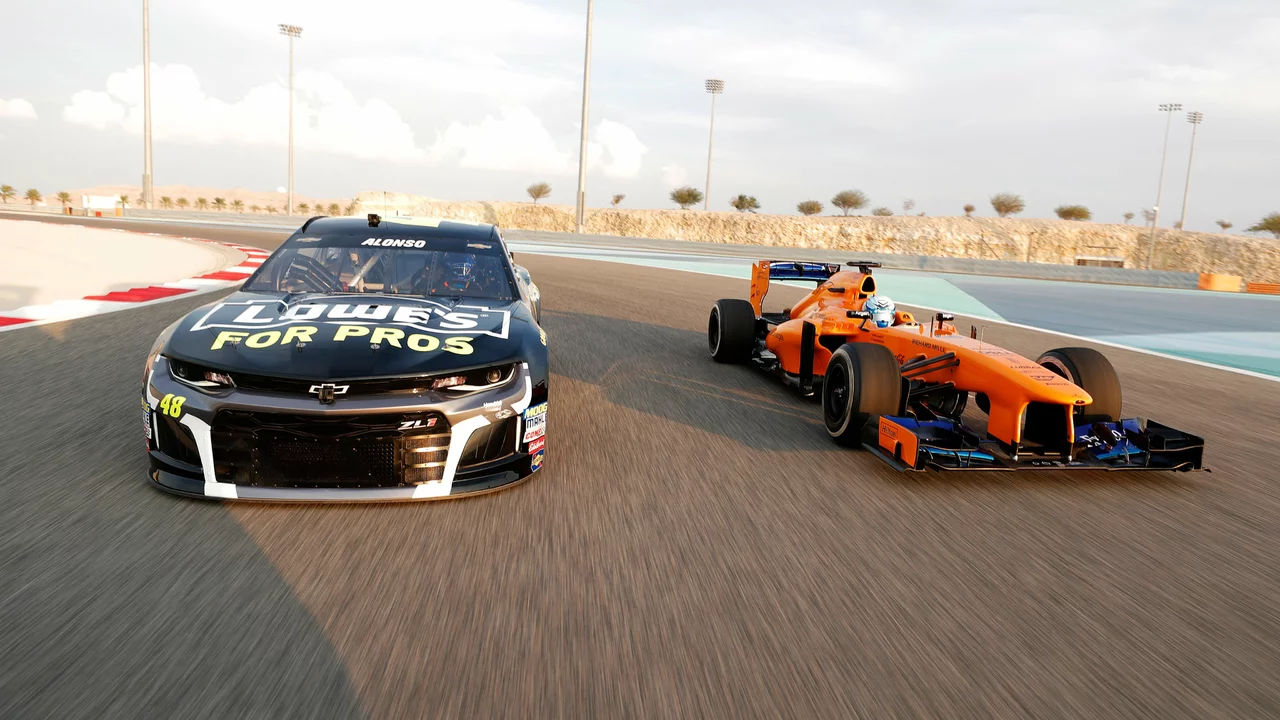Danger Comparison: How Different Motorsports Stack Up on Safety
When you watch a race, the thrill hides a lot of danger. From the blistering speed of Formula 1 to the loose dirt of motocross, each discipline brings its own risks. Knowing what makes one sport riskier than another helps you pick the right gear and stay smarter on the track.
What Makes One Sport Safer Than Another?
Speed is the obvious factor. F1 cars can hit 200 mph, while an IndyCar spends a good chunk on ovals where high speed meets banked turns. The higher the speed, the less reaction time you have, which raises the chance of a serious crash. But speed isn’t the whole story. Track layout matters too – tight chicanes force drivers to brake hard, increasing the chance of lock‑ups, whereas long straights give more room to react.
Vehicle design also plays a role. Open‑wheel cars have exposed wheels that can interlock and launch the cars into the air. Closed‑cabin cars like those in touring series keep the driver more protected inside a steel shell. Motorcycles, on the other hand, leave the rider completely exposed, so a fall can feel more brutal. That’s why a good helmet is non‑negotiable for bike riders.
Choosing the Right Helmet for Each Risk
Helmets are the first line of defense, no matter the sport. A full‑face helmet with a carbon‑fiber shell is ideal for MotoGP or super‑bike racing because it can absorb high‑impact forces while keeping the face protected. For motocross, you’ll want a helmet with extra ventilation and a strong chin strap, because crashes often involve slides in the dirt.
In car racing, a standard racing helmet still meets the same safety standards, but the fit matters. A snug helmet reduces movement during a high‑G impact and keeps your vision clear. Look for helmets that are certified by Snell or ECE – those labels guarantee the helmet passed rigorous tests.
Beyond the helmet, consider other gear. Neck braces, like the R‑Band, can lower the risk of whiplash in high‑speed crashes. Body armor, especially in off‑road and rally events, pads the ribs and spine where impacts are common.
Bottom line: danger varies with speed, track design, and vehicle type. Knowing those differences lets you match the right helmet and safety gear to the specific risks you face. Stay aware, gear up correctly, and you’ll enjoy the rush without paying a heavy price.
Well, folks, I've been pondering this age-old question - Which is more dangerous: NASCAR or F1/Indy cars? It's like choosing between a rattlesnake and a cobra, ain't it? Both have their unique hazards, but overall, F1/Indy cars take the cake (or should I say, the crash helmet?). These speed demons reach higher speeds and the open cockpit design can expose drivers to more risk. However, let's not forget our NASCAR buddies, they race in closer proximity which can lead to more frequent crashes. So, folks, no matter which track you're on, remember to buckle up and keep the rubber side down!
